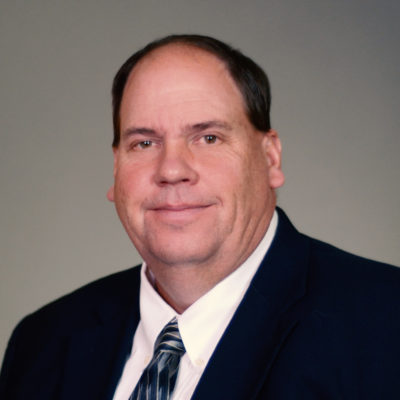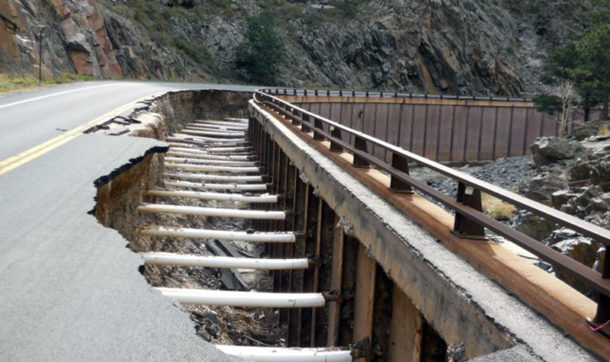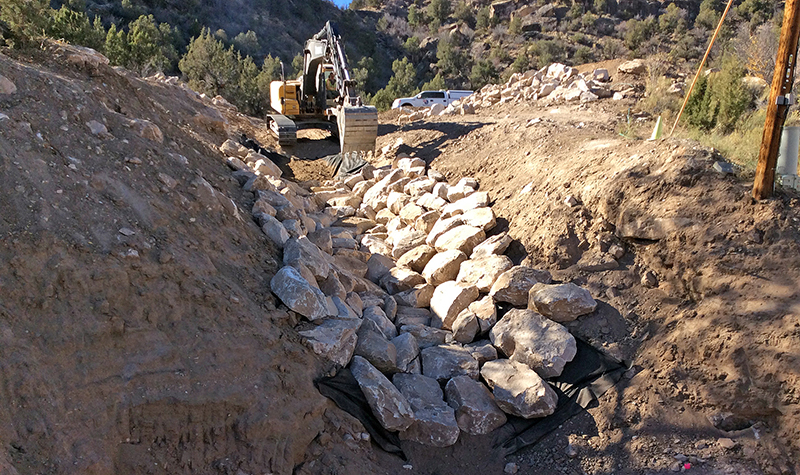Helping Communities Build Resilience
If there’s one attribute that individuals, business owners, communities, and government agencies have needed in 2020 it’s this: Resilience.
Resilience is the ability to recover quickly and bounce back from difficult situations. This year has given us all a lot of practice in doing just that.

About the Expert:
Bruce Ommen, PE, president, joined Ayres in 1990. He spent the first four years designing bridges and performing construction observation for the transportation structures division and in 1994 moved to the transportation highways group, where he served as manager and then vice president of Midwest transportation. He was promoted to executive vice president in 2015 and became president at the end of 2018.
While COVID-19 may be the most urgent driver of resilience our communities face today, the need for resilience will continue even when the pandemic ends. We’ve witnessed the devastation from flooding, wildfires, hurricanes, and other natural disasters. Whether these are from climate change or natural short-term changes in our weather patterns, we are seeing the frequency of natural disasters increase. How do we as consultants help our clients and communities become more resilient?
Mother Nature is a powerful force and is seldom tamed completely by mankind’s ingenuity. The key to resilience is how we bounce back after a natural or manmade disaster. Resilience isn’t completely solving an issue but instead finding economical, alternative ways to help our projects withstand larger than expected events with minimal damage and disruption. Many times, small changes to a design can be a very economical way to build resilience into a project. We help increase our clients’ resilience by providing a range of associated risks, a range of costs, and a range of solutions.
For instance, rainfall curves show an area has 6.5 inches of rainfall in a 24-hour period for a 100-year event, and a new bridge is designed so water does not overtop the roadway. What are the implications if it were 10% or 25% greater event? Would the roadway overtop and potentially wash out? If yes, would it be economical to design a spillway location and armor it with riprap during the initial construction? Or would raising a bridge 6 inches or using a different bridge type with a thinner superstructure be enough to lessen the potential damage?
 Or consider the impact on a new subdivision. We design ponds and storm sewer for a particular sized event. What happens if the event is 10% or 25% greater – where does the water go if it overtops the pond or exceeds the capacity of the grates or storm pipe? If the water flows to a low area, maybe the one or two homes in the low area should be elevated to lessen flood damage from these extreme events. There may be very little cost to raising the first-floor elevation, but it could limit the damage to a wet basement rather than flooding the ground floor of the home also.
Or consider the impact on a new subdivision. We design ponds and storm sewer for a particular sized event. What happens if the event is 10% or 25% greater – where does the water go if it overtops the pond or exceeds the capacity of the grates or storm pipe? If the water flows to a low area, maybe the one or two homes in the low area should be elevated to lessen flood damage from these extreme events. There may be very little cost to raising the first-floor elevation, but it could limit the damage to a wet basement rather than flooding the ground floor of the home also.
Another example is the impact of this year’s wildfires on Colorado water supplies. Most of Colorado’s municipal water supply starts out as snow in the Rocky Mountains. Snow melt and spring rains feed the state’s rivers, which fill the reservoirs that serve Colorado communities. The ash, sediment, and debris left behind from wildfires can wash into waterways and reservoirs. That can contaminate the water supply as well as damage the water system infrastructure.
Ayres’ water resources engineers have been doing post-fire hydrology comparisons for the City of Greeley and Water Supply & Storage Company in Fort Collins. We’ve been looking at four reservoirs and potential sediment and debris inflow impacts. The focus has been on determining the high-risk areas, as well as doing emergency mitigation before snow season. This will ultimately lead to solutions on how to protect the water supply in the long term.
One of Ayres’ core values is that we work with clients as partners. To live out this value, we think ahead to the “what if” and help our clients understand the risks of the “what if.”
All year – and especially during this season – we are thankful for our clients and their trust that we can help them through these challenging times. We’re in this together.

 By
By
Post a comment: